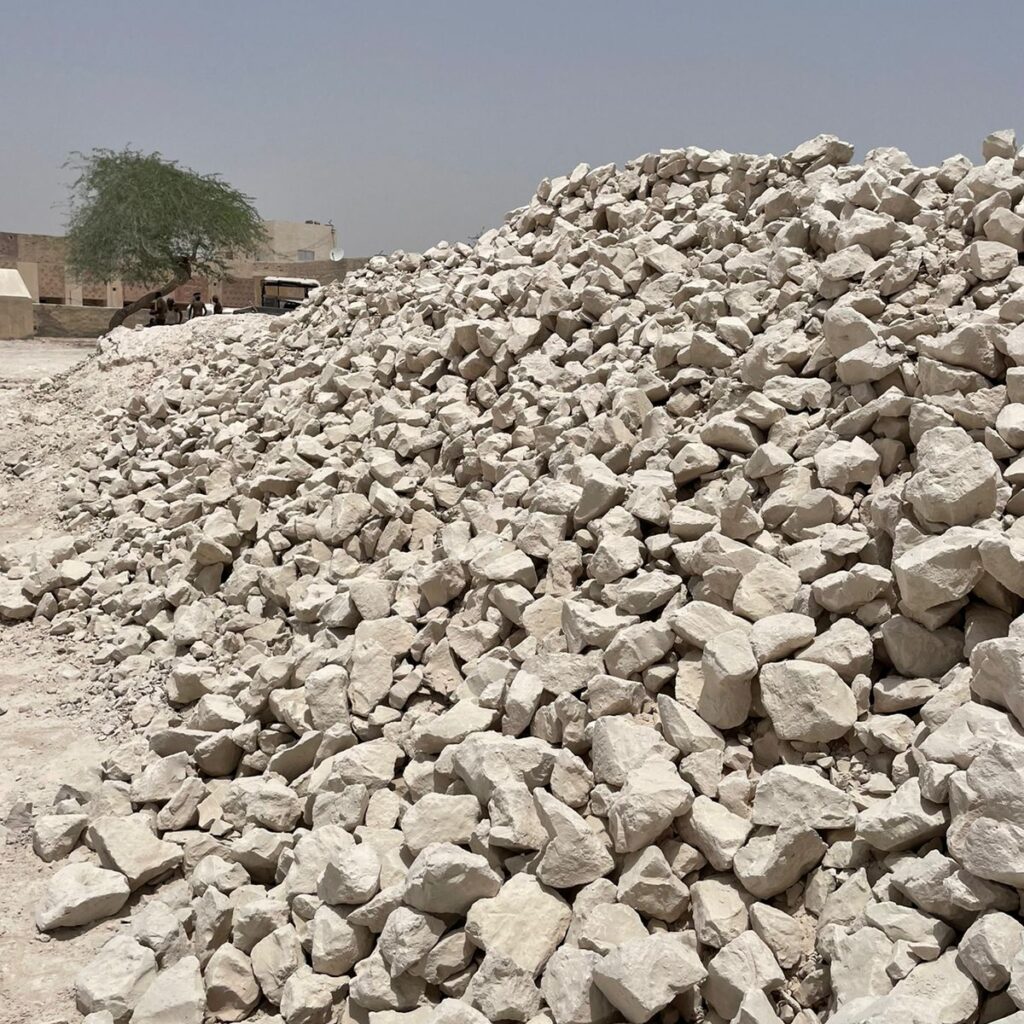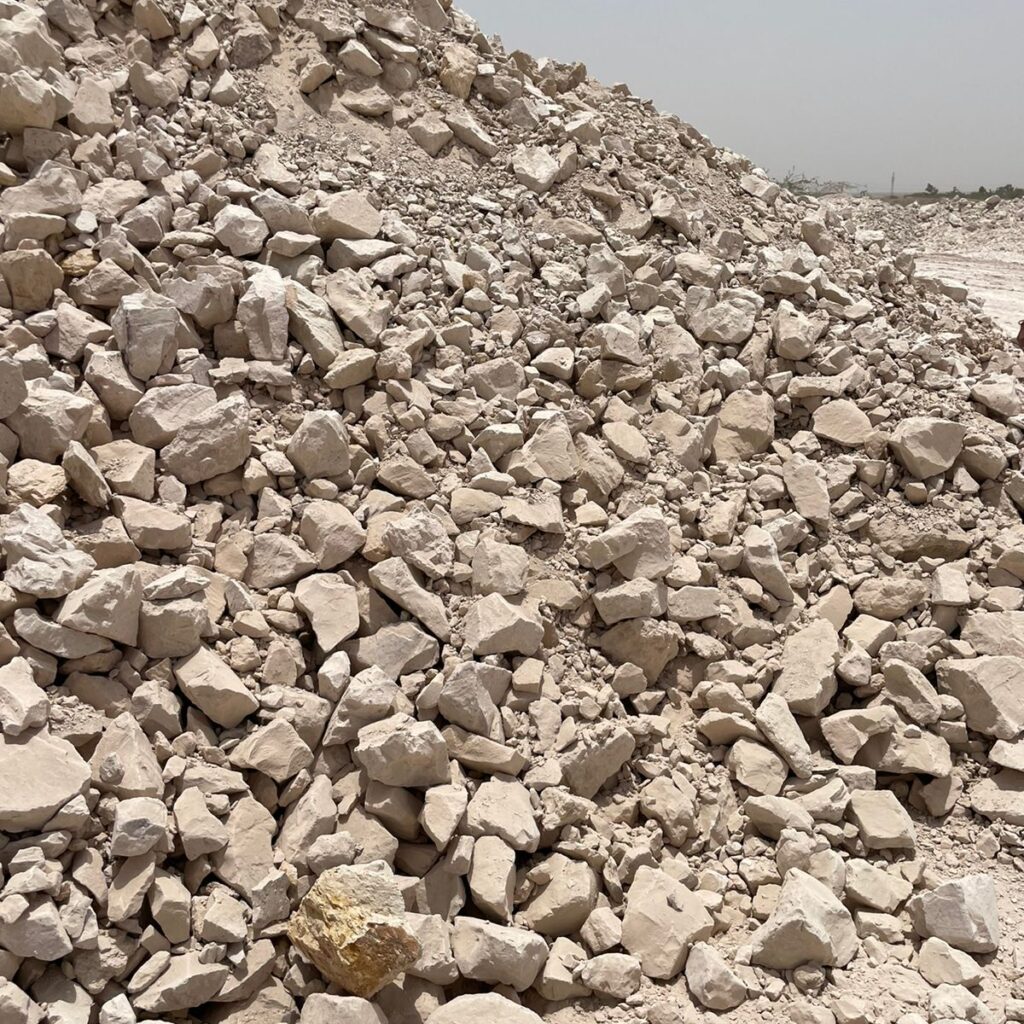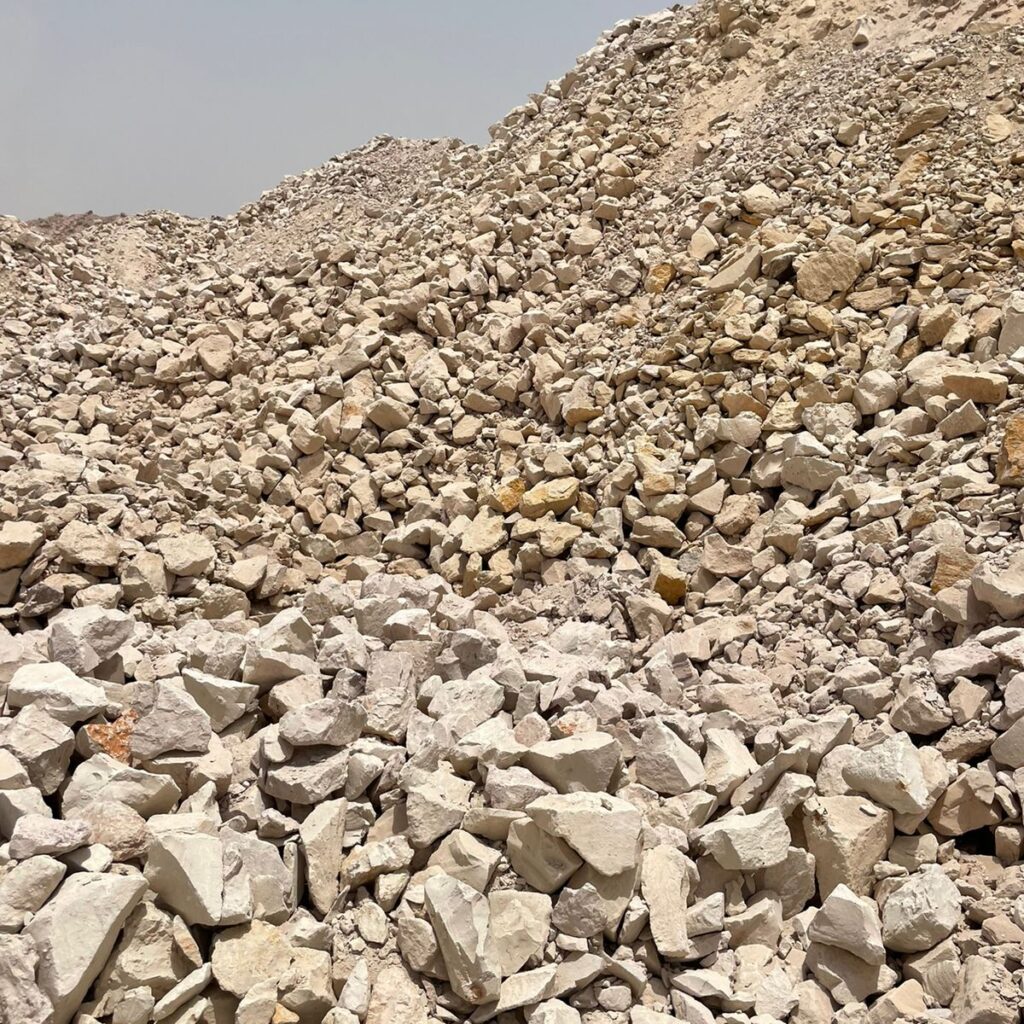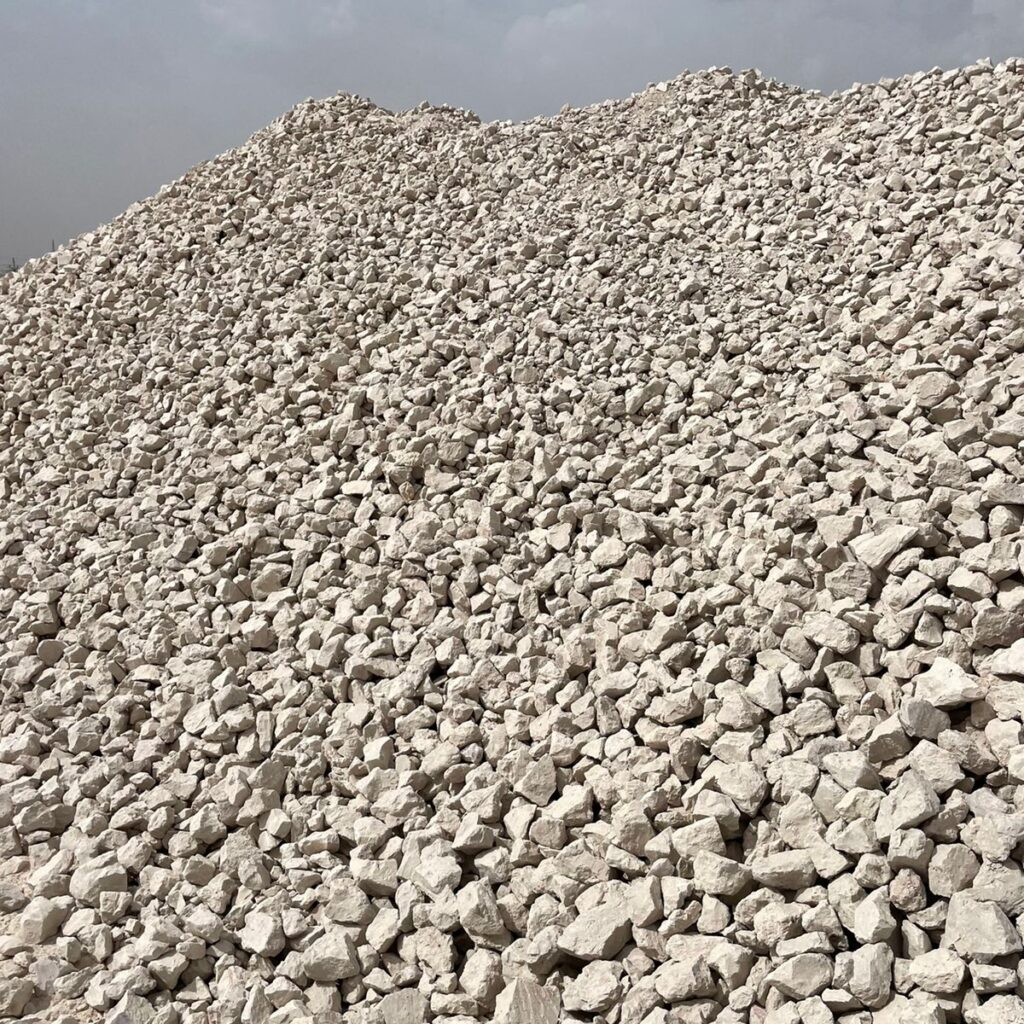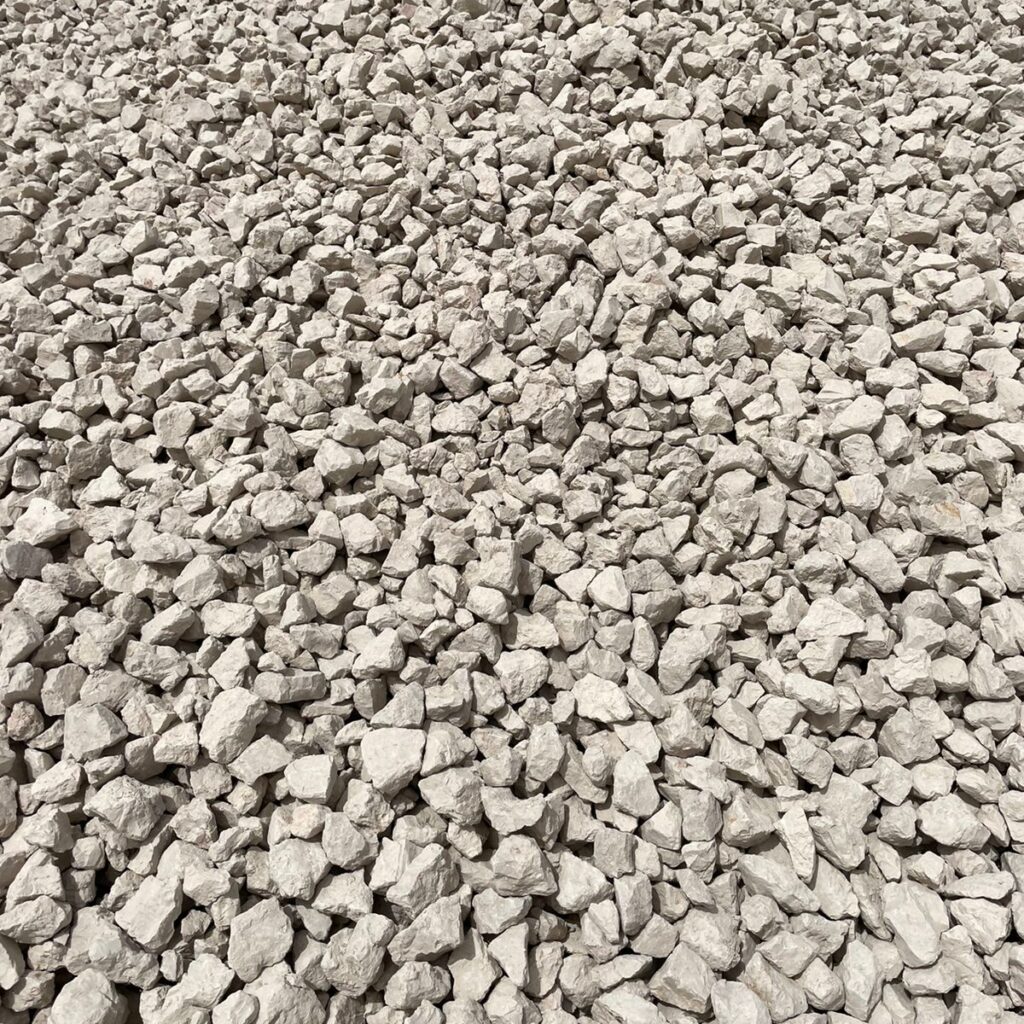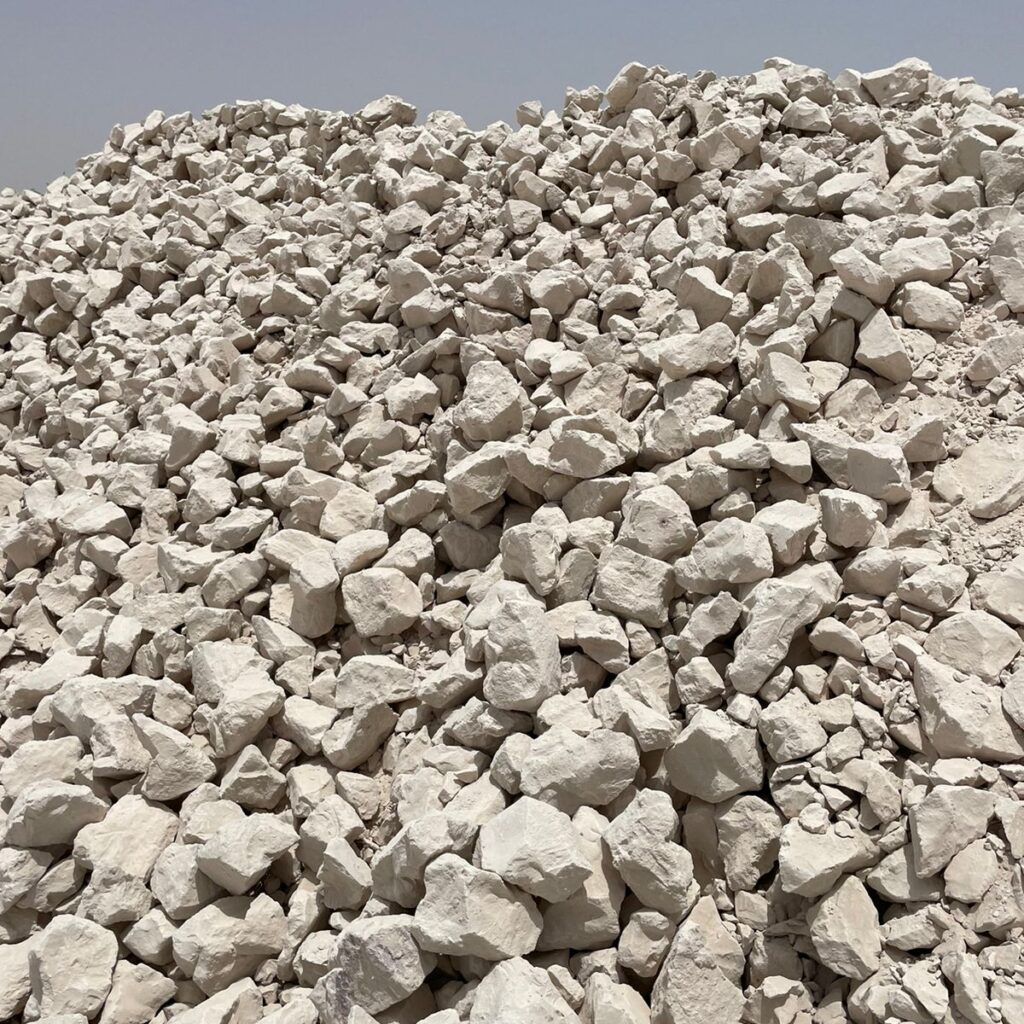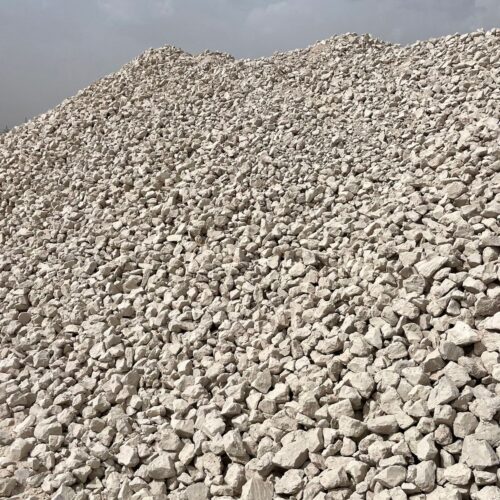Ball clays are fine-grained, highly plastic clays, which are principally used in the manufacture of ceramic whiteware and sanitary-ware where they are appreciated for their plasticity, unfired strength and their light colour on firing. Selected clays can even give pure white end products.
Among others, ball clays are also used in refractories, in polymers, in adhesives and sealants and in horticulture as soil amendments.
If you talk about Water Plasticity, Ball Clay is the answer. Our mining infrastructure is based out of Rajasthan to meet any requirements of the clients. We have different grade to match the requirement from Ceramic Glaze to Refractory. Used in Ceramic Tile manufacturing, Quarro Global has supplied over 100,000 Tons to different markets this year & counting. Our ball clay serves as a perfect replacement of Ukraine Clay, which has been hampered due to Russia - Ukraine War.
Connect with us directly, eliminating middle men to get the best price for the required ball clay grade.
Among others, ball clays are also used in refractories, in polymers, in adhesives and sealants and in horticulture as soil amendments.
If you talk about Water Plasticity, Ball Clay is the answer. Our mining infrastructure is based out of Rajasthan to meet any requirements of the clients. We have different grade to match the requirement from Ceramic Glaze to Refractory. Used in Ceramic Tile manufacturing, Quarro Global has supplied over 100,000 Tons to different markets this year & counting. Our ball clay serves as a perfect replacement of Ukraine Clay, which has been hampered due to Russia - Ukraine War.
Connect with us directly, eliminating middle men to get the best price for the required ball clay grade.
